Students are witnessing environmental changes in their communities, like extreme heat, flooding, and wildfires. Yet, until now, teachers have lacked California-specific instructional resources to address these critical topics. Seeds to Solutions™ changes that, delivering the tools educators need to engage and empower.


Why Seeds to Solutions?
- Includes everything needed to teach the topic and guide student investigations
- Aligns with California standards and Environmental Principles and Concepts
- Transforms classroom learning into discussions that go beyond school
- Empowers students to explore environmental solutions with confidence
Engaging
Each unit from Seeds to Solutions helps students do sense-making individually and as a class, rather than simply following directions from textbooks or teachers. This engaging approach teaches students how to think, not what to think.
- Explores real environmental issues in California
- Sparks student inquiry, curiosity, and critical thinking
- Provides ample source material, visual aids, videos, worksheets, and more


Empowering
Units conclude with a Culminating Engagement, during which students design and participate in solutions to the environmental challenge they’ve investigated. This helps students feel empowered to enact change in their communities.
- Empowers students to investigate possible causes and solutions
- Provides age-appropriate, culturally relevant, and trauma-informed activities and tools
- Allows teachers to customize lesson length and content to fit their classroom
What Teachers Are Saying
“Students really enjoyed the hands-on activity. They were very interested to learn about the different pollutants that they’ve never heard of. It also developed their curiosity about air quality and pollution. It was an eye-opener for some that they are able to see what is mostly ‘unseen’ by everyone.”
“Every lesson was so thoroughly designed, the case study design book was beautifully organized, and it helped to give my class a real-life understanding of how college/graduate-level academic research works. Being able to connect their research back to environmental issues they actually experience was simply icing on the cake. Well done!”
“From my students: ‘Thank you for teaching us this lesson because if you didn’t it would be bad for our environment.’ ‘This was awesome! Can you do more? Thank you!’ ‘Thank you for helping us in taking care of the environment.'”
“Students really wanted to share their food traditions and look into how climate change might affect their food traditions.”
A Unique, Community-Driven Development Process
Seeds to Solutions was developed with expertise from community organizations, experts in science and traditional ecological knowledge, educators, youth leaders, and curriculum-development specialists. As a result, the lessons reflect the experiences of California communities closest to environmental challenges.
2021: State Support
The California Legislature passed legislation championed by Sen. Ben Allen, allocating funding to create free instructional resources on environmental challenges. The funding is directed to the San Mateo County Office of Education, which partners with environmental literacy nonprofit Ten Strands to lead the development.
2022-23: Team Assembly & Pilot
A diverse group of steering committee members, community organizations, and curriculum-development specialists starts the design and development process. Unit topics and anchor lessons are piloted in classrooms across the state, and independent evaluators gather feedback from students and teachers. Based on the feedback, full units are drafted in preparation for field testing. External reviewers provide feedback on drafts throughout the process.
2024-25: Field Test & Publication
Teachers conduct field tests of each unit in classrooms across California. Feedback and suggestions from teachers are gathered by independent evaluators, then incorporated into units for final production. Units are submitted to the California Department of Education and made available as open education resources for educators.
